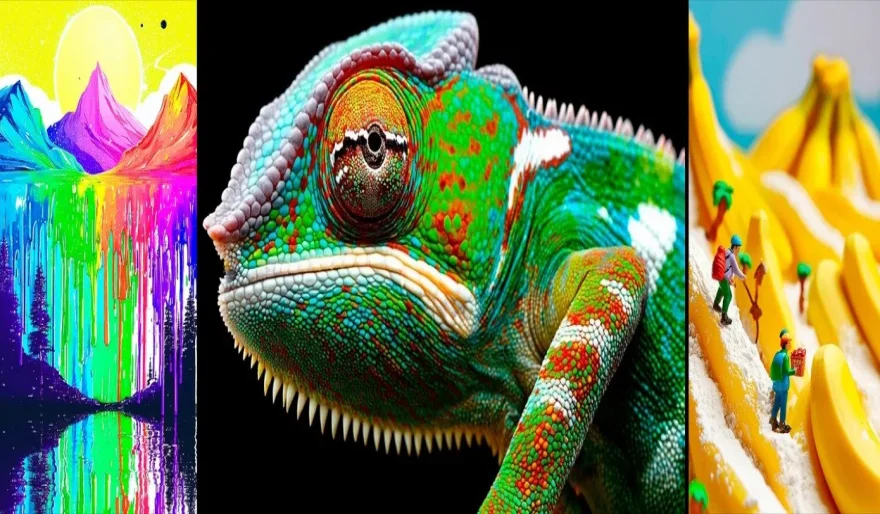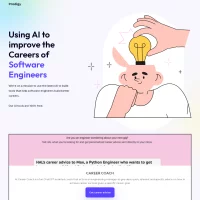Stay Ahead of the Curve
Latest AI news, expert analysis, bold opinions, and key trends — delivered to your inbox.
Stable Diffusion 3 Leads in AI Imagery Race Over Sora and Gemini
5 min read The release of Stable Diffusion 3 (SD3) has shaken the AI image generation landscape, with claims that it surpasses competitors like Imagen (powered by Google AI's PaLM) and Bard (powered by Google AI's Meena). February 23, 2024 06:29
The recent release of Stable Diffusion 3 has sparked heated discussions, with some claiming it solidifies its lead in the AI image generation race against competitors like Sora and Gemini. But before crowning a winner, let's unpack the claims and explore the nuances of this rapidly evolving field.
What's the Buzz About?
Stable Diffusion 3 boasts several impressive improvements:
- Enhanced Performance: Claims of better performance in multi-subject prompts, image quality, and even spelling suggest a significant leap forward.
- Open Source Availability: Unlike its competitors, Stable Diffusion 3 is open source, allowing for wider adoption and customization.
- Realistic Outputs: Early examples showcase impressive realism and detail, potentially surpassing the "rendering" style of some competitors.
But Before We Celebrate:
- Independent Verification: These claims haven't been extensively evaluated by independent researchers, and comparisons might be subjective.
- Limited Scope: Some argue these improvements might not translate across all tasks and styles equally, requiring further testing.
- Ethical Considerations: Open-source tools raise concerns about potential misuse and require responsible development practices.
Beyond the Headlines:
- Sora's Strengths: While Stable Diffusion 3 focuses on realism, Sora excels in artistic styles and emotional expression, offering a different value proposition.
- Gemini's Potential: Still under development, Gemini holds promise in multimodal inputs and large language model integration, pushing the boundaries of creative possibilities.
- Collaboration is Key: Instead of competition, fostering collaboration between these AI models and their developers can accelerate progress and benefit everyone.
The Future of AI Imagery:
The race in AI image generation is far from over. Instead of focusing on a single "leader," we should:
- Embrace Diversity: Each model offers unique strengths and weaknesses, catering to different needs and preferences.
- Focus on Ethical Development: Responsible development, transparency, and addressing potential biases are crucial for ensuring this technology benefits society.
- Prioritize User Control: Empowering users to choose their tools, control their data, and guide the creative direction of AI-generated imagery is essential.
User Comments (0)
No comments added yet.
Comments will not be approved to be posted if they are SPAM, abusive, off-topic, use profanity, contain a personal attack, or promote hate of any kind.



















 AI Agents
AI Agents